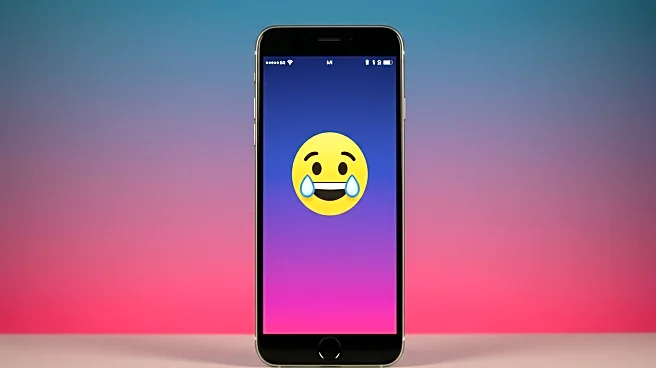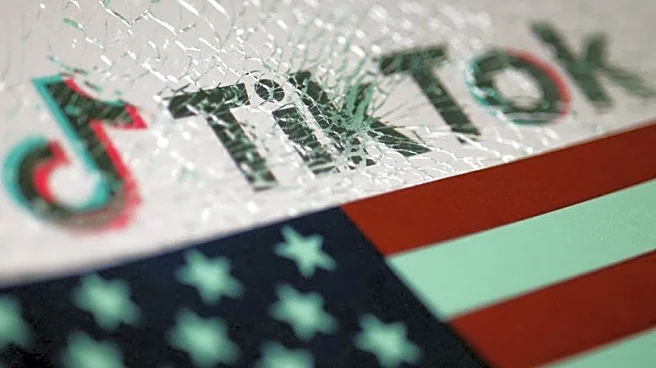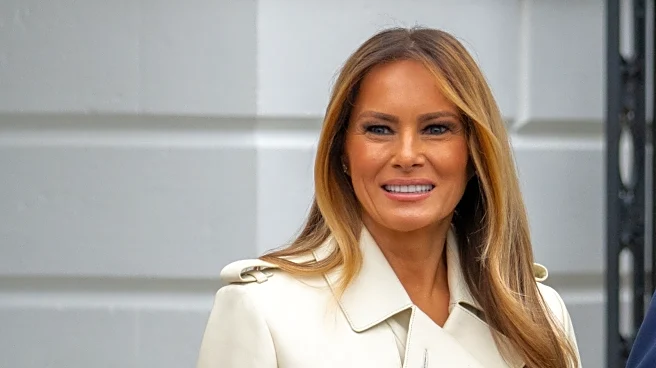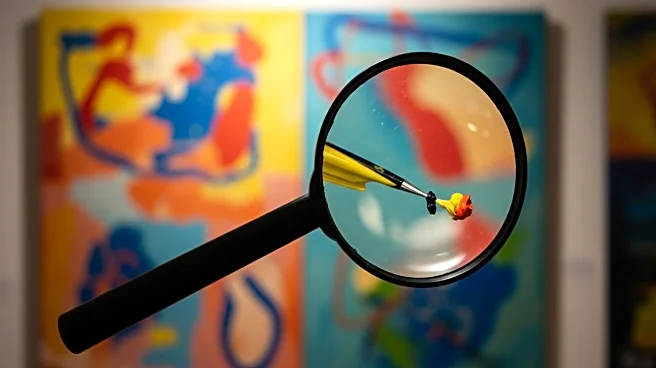What's Happening?
The White House under President Trump has adopted a social media strategy that diverges significantly from traditional approaches. The administration's social media accounts have been posting content that resembles meme accounts, using humor and pop culture references to engage with the public. This includes AI-generated images of President Trump in various fictional roles and memes that mock political opponents. The strategy is a departure from the more formal and polished social media presence of previous administrations, including Trump's first term. The approach aims to resonate with a younger audience and increase engagement across platforms like TikTok, despite legal challenges surrounding the app.
Why It's Important?
This shift in social media strategy reflects a broader trend in political communication, where informal and engaging content is prioritized to capture the attention of younger demographics. By adopting this approach, the White House aims to increase its reach and influence among a key voting bloc. However, this strategy also blurs the lines between official government communication and partisan messaging, raising concerns about the appropriateness of such content from a government office. The approach could set a precedent for future administrations, influencing how political communication is conducted in the digital age.
What's Next?
The White House's continued use of this strategy may prompt reactions from political opponents and media critics who question the professionalism and effectiveness of such an approach. As the administration navigates legal challenges related to TikTok, its presence on the platform could face scrutiny. Additionally, the strategy's long-term impact on public perception and political engagement remains to be seen, as it may either strengthen the administration's connection with younger voters or alienate more traditional audiences.
Beyond the Headlines
The use of memes and informal content by the White House raises ethical questions about the role of government communication in shaping public discourse. The strategy's focus on engagement over substance may lead to a shift in how political messages are crafted and consumed, potentially impacting the quality of public debate. Furthermore, the blending of official and partisan content could challenge the boundaries of government transparency and accountability.














